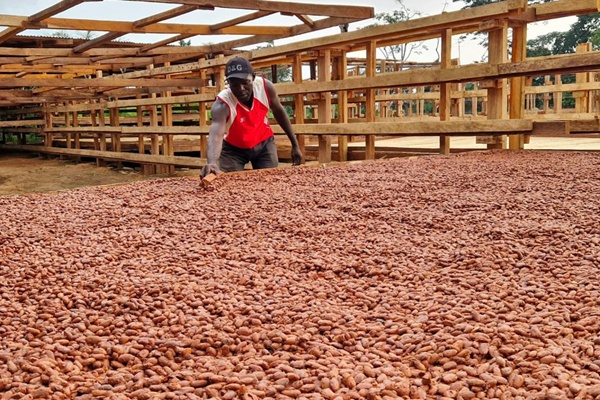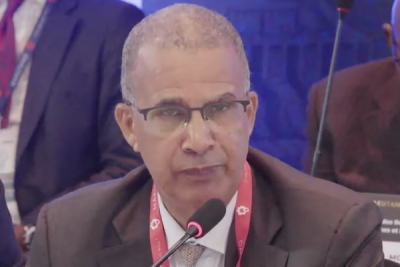Producers and intermediaries in North Kivu’s cocoa sector are increasingly turning to Uganda to sell their products through informal channels, seeking to optimize their marketing strategies.
On May 19, 2025, at least five tons of cocoa (118 bags) were intercepted by the sub-section of the Office national des produits agricoles du Congo (ONAPAC) in Beni, within the Ruwenzori sector (Beni territory). According to authorities, the cargo was being illegally exported to Uganda. This seizure forms part of ongoing efforts to combat fraud in the cocoa sector.
Commenting on the seizure, Kaswera Syvialeghana Alphonsine, Director of ONAPAC in Beni, said such operations aim to discourage illicit trafficking of cocoa, and coffee, in the region.
For several months, sector players have denounced numerous obstacles hindering official marketing channels and encouraging smuggling to neighboring countries. They highlight persistent insecurity in production zones, poor condition of farm roads, proliferation of roadblocks, high transportation costs, and the lack of product traceability in the DRC. These constraints, according to local exporters, hamper cocoa transport through formal channels and push many operators to turn to Uganda.
Congolese cocoa production is primarily concentrated in the eastern provinces, notably North Kivu, Ituri, and Tshopo. However, these regions are often attacked by armed groups–a situation that compromises producer security and severely disrupts the supply chain.
According to data from the Ministry of Foreign Trade, the DRC produced 100,000 tonnes of cocoa in 2024, far from the ambitious target of 3 million tonnes set for 2030.
This article was initially published in French by Ronsard Luabeya (intern)
Edited in English by Ola Schad Akinocho










